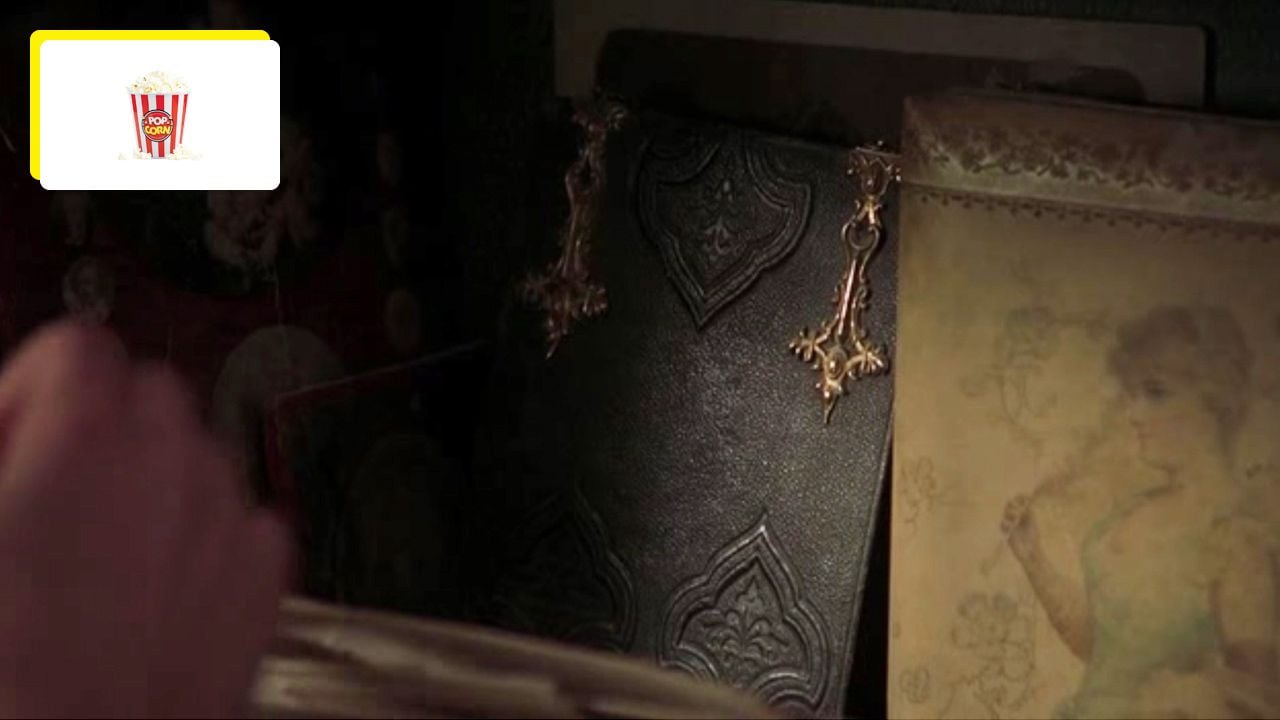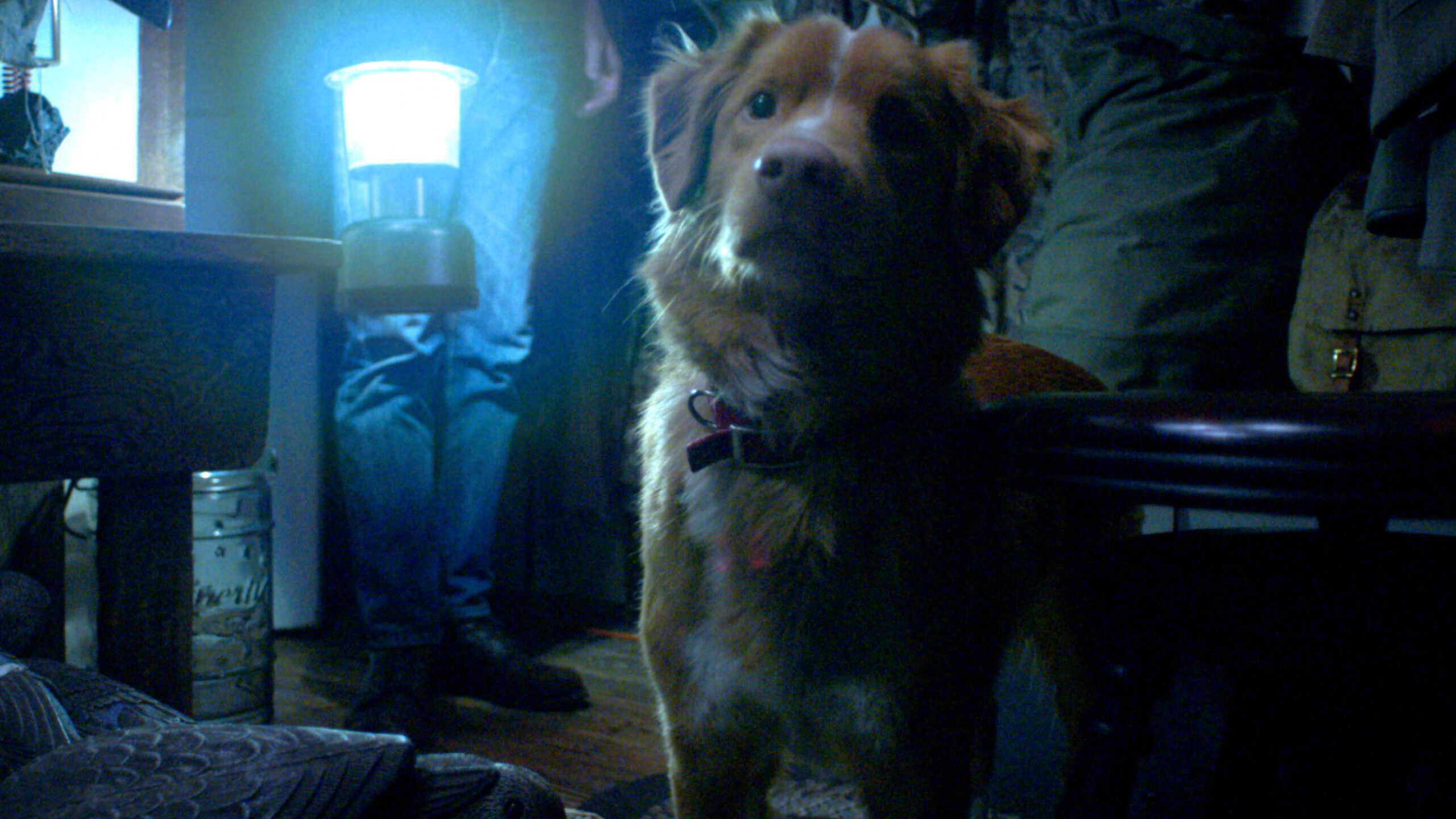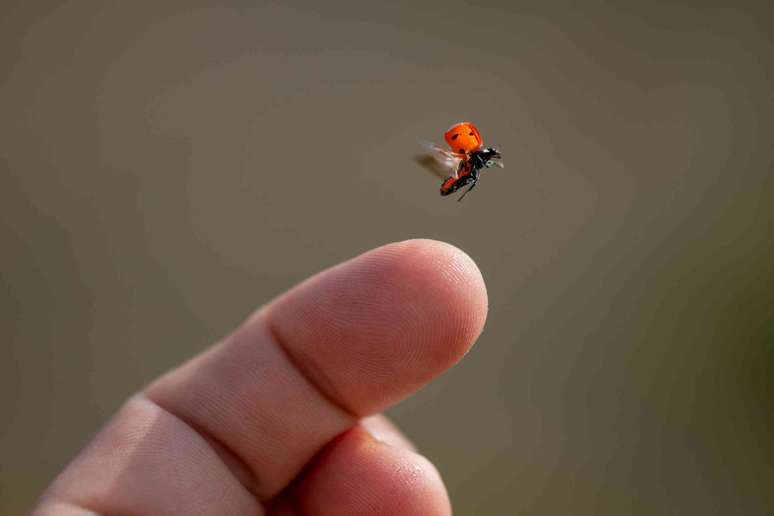For a first attempt, it was a masterstroke. In 2001, Spanish-Chilean director Alejandro Amenabar made his first film in English: The Others.
By combining his favorite themes such as death, childhood, loneliness, illusion and acceptance, he brilliantly combined them with fantasy and gothic aesthetics, serving a work whose script was inspired by the films The Innocents (from the novel. turning the screw by Henry James) and The Devil’s House.
In a 2001 interviewAmenabar emphasized the crucial importance of religion in his film, viewing his work as a reflection. “How Religion Gives Meaning to Death and the Concept of Destiny.” It is in this logic that two sequences fit into the film. Actually, two main sequences.
“Sometimes the world of the dead merges with the world of the living”
Looking for clues about the previous owners of the house, Grace’s character (Nicole Kidman) discovers an old record, a book of the dead, filled with photographs of deceased people dressed in their best and placed in front of a camera lens. beloved people.
While he initially thinks that these people (men, women and children) are just sleeping, housekeeper Bertha Mills (Fionnula Flanagan) explains to him that the people in the photographs are not sleeping, but dead.
Turning the page, Grace is shocked to see group portraits and children sitting next to each other with their eyes closed. Bertha Mills said: “Sometimes the world of the dead merges with the world of the living.”
Here is the sequence again from the book of the dead, to remember, visible from 40 minutes and 17 seconds.
In the film’s absolutely brilliant final act, Grace discovers a photograph under Mrs. Mills’ bed, taken from a book. This is an 1891 photograph of Mrs. Mills, the gardener, Mr. Tuttle, and Lydia, another maid, lying next to each other. They all died in a tuberculosis epidemic more than 50 years ago.
These photo albums, and more simply these types of photographs that gave the impression that the dead were alive but asleep, were well into the 19th century.
A practice that seems downright morbid to us now, as we have significantly changed our relationship with death, which has become much more taboo than it was then.
Capturing the features of a deceased person before they decay underground, preserving the final image of a person in their most beautiful clothing… this practice of postmortem photography appeared alongside photography from 1839.
“Many bereaved families in Europe and America feel the need to offer themselves this precious souvenir.” says the site beauxarts.com, in a very interesting article dedicated to this subject, entitled Posthumous portraits, death in the lens.
“And for good reason: given the newness of the medium and the relative complexity of the process (which requires paying a professional and going to a studio where you have to pose motionless for twenty minutes with your neck stuck in a metal frame. ), this last portrait is very often the first, and therefore the only, trace, which their loved ones will keep dead!”
This photographic tradition would decline as photography became more democratized in the first half of the 20th century, with the use of much more manageable individual cameras.
It is against these considerations that we measure the power of the film “Others”. For almost the entire feature film, until the last act with an emotional charge that splits the stones in two, Grace and her children do not even realize that they are dead, because they feel more alive and real than before.
Source: Allocine
Rose James is a Gossipify movie and series reviewer known for her in-depth analysis and unique perspective on the latest releases. With a background in film studies, she provides engaging and informative reviews, and keeps readers up to date with industry trends and emerging talents.






